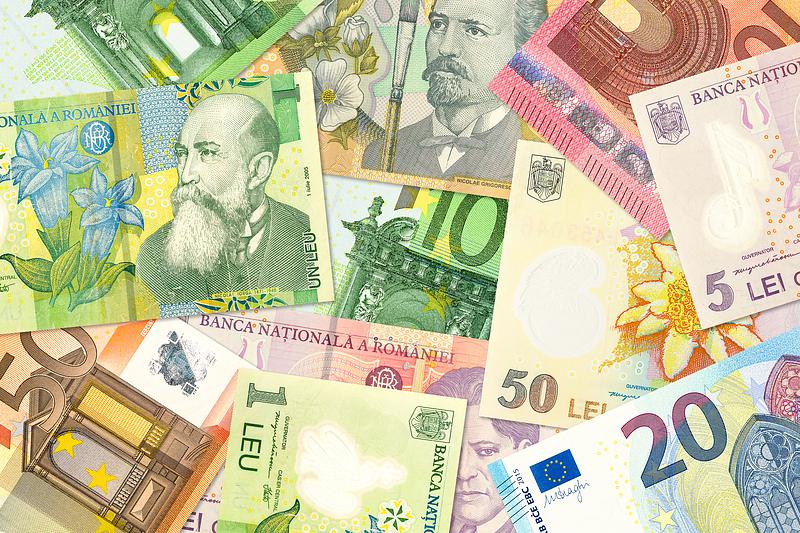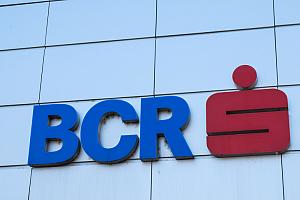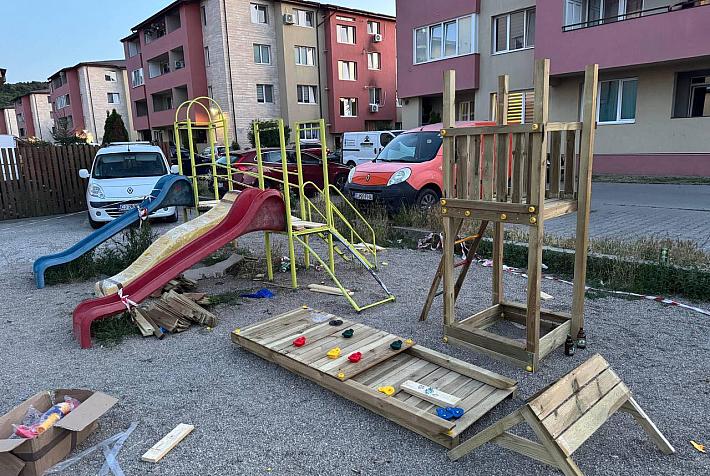Romania's currency strengthens by real 6.5% over past two years

Romania's currency (RON) strengthened in real terms against the euro for the second year in a row last year when the local currency's appreciation (depreciated by differential HICP) was 2.4% as of December. This is less than the 4% real advance of the RON during the first year of high inflation in Europe (2022).
Romania's currency stayed relatively flat in real terms versus the euro over the previous five years (2017 to 2021).
Thus, Romania's currency accumulated a real appreciation of some 6.5% over the past two years.
Nominally, Romania's currency strengthened by 0.5% in 2022 but reversed the gain in 2023 when it lost 1.0%.
A country's real exchange rate appreciation measures how much more goods can be bought from abroad in the year N (compared to the year N-1) with the same amount of money that can buy at home the same amount of goods in year N (compared to the year N-1). Intuitively, it indicates whether the imported goods become more affordable (they are more affordable when the currency strengthens in real terms).
Consequently, stronger real currencies tend to put pressure on the external balance (trade deficit).
iulian@romania-insider.com
(Photo source: Dreamstime.com)












